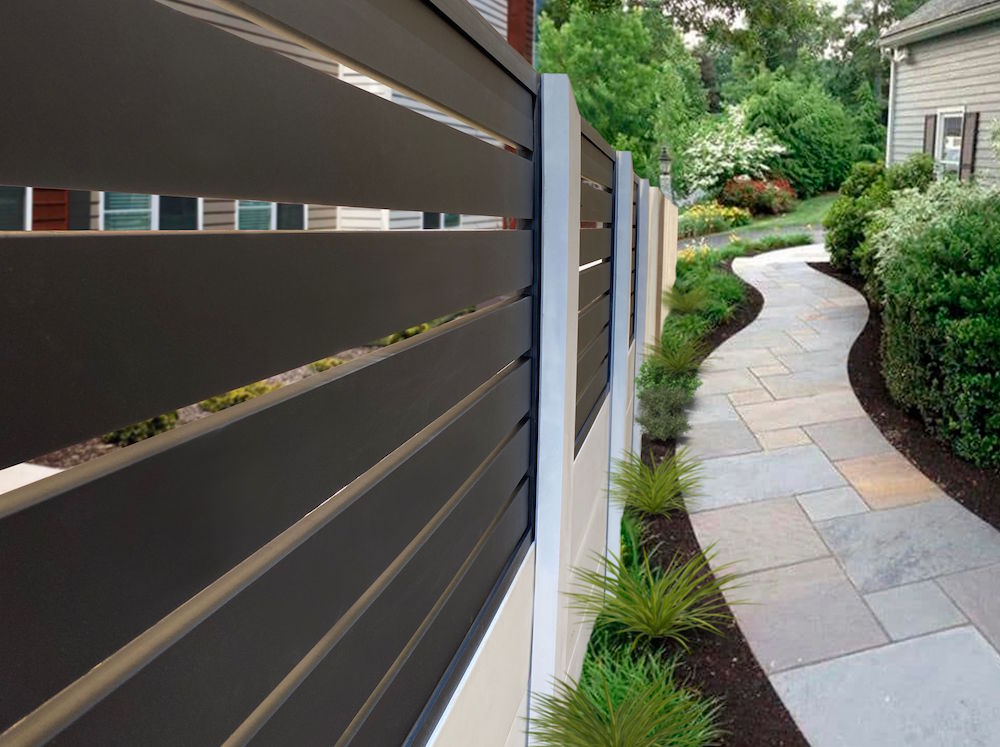Over the past few decades, precast concrete has become more and more popular as a construction material for projects of all sizes. It makes sense: there is a wide range of benefits to using precast concrete and fewer drawbacks with traditional concrete and other materials.
But, as with any new product that comes to challenge the status quo, there are detractors out there who would instead stick to what they know when it comes to their construction projects, even if there are far more superior materials out there for them to use.
It’s easy to fall into that trap, but you don’t have to. Here are some of the biggest myths about precast concrete we are going to bust for you.
Myth 1: The Quality of Precast Concrete is Worse than Traditional Concrete
You may be tempted to assume that concrete poured on-site with custom frames is going to be of higher quality than factory-made precast concrete, like the difference between a hand-carved wooden desk and a cheap, mass-produced one you assemble with instructions, but the opposite is actually true.
Pouring outdoors allows for imperfections in the concrete, with the possibility of debris finding its way into the mix. Because precast concrete is poured in a factory, it is able to set in a controlled environment under perfect conditions. The curing process is similarly controlled, as well, so the end result is the highest quality concrete possible.
Myth 2: Precast Concrete is More Expensive than Traditional Concrete
Why pay someone to do the job for you when you can do it yourself? It’s cheaper that way, right?
When it comes to precast concrete, that’s not actually true. The technology behind creating precast concrete allows for a faster and easier process than what’s required of pouring traditional concrete, meaning less manpower, fewer hours, and less money spent. Precast concrete is also extremely durable. It is weatherproof, fireproof, and pest-proof. This will save you tons of money in maintenance in the long run. You won’t have to worry about repairs.
There’s also a more significant amount of waste when it comes to traditional concrete. Extra mix and extra rebar are money down the drain. With precast concrete, you don’t have to worry about wasting materials.
Myth 3: Precast Concrete is More Vulnerable to the Elements than Traditional Concrete
Because precast concrete is uniformly created and engineered to avoid any imperfections, it is more durable and better able to withstand the elements than traditional concrete. Over time, moisture can seep into the concrete and expose its weaknesses, causing it to crack and break, which winds up being a costly headache. Precast concrete is precisely engineered to be far more resistant to those issues.
Precast concrete’s resistance to weather means it not only lasts longer than other materials; it also looks better for longer. It’s a cost-effective, aesthetically pleasing alternative to traditional concrete and other materials such as wood, vinyl, or fiberglass.
American Precast Concrete Inc.
If busting these myths has helped you decide to use precast concrete for your next construction project, contact us today, and we’ll be glad to answer any and all questions you have about the precast concrete process.







